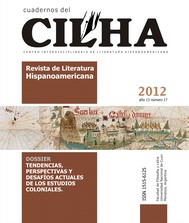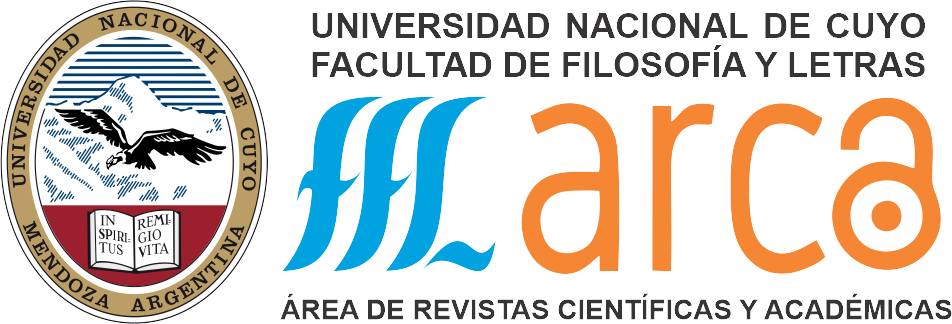La literatura resplandeciente by Raúl González Tuñón:
between the moral party and the assertion of the adventure.
Keywords:
Raúl González Tuñón, La literatura resplandeciente, Romantic realism, Political moral, AdventureAbstract
This paper aims to analyze the ways of reading literature that are used in La literatura resplandeciente by Raúl González Tuñón. The essays and chronicles collected in the book, published posthumously in 1976, go through the different topics the author has reflected about since his literary beginnings. His reading begins from the notion of "romantic realism" a poetics that combines the value of literature as testimony to the freedom of the writer, looking to go away from the idea of politics as propaganda. However, this concept is stressed and twisted so that it ends up undermining its own principles. González Tuñón focuses on literary texts and authors that make it possible to visualize the legacies that it takes in his writings, the genealogies based, poetic and political values by which to judge the literature and self-legitimized, but also the tastes and feelings that he has been asserting from his avant-garde youth.
References
Badiou, Alain. El siglo. Buenos Aires: Manantial, 2009.
Cattaruzza, Alejandro. "Historias rojas: los intelectuales comunistas y el pasado nacional en los años treinta", Prohistoria, V. 11, 2007: 169-189.
Cattaruzza, Alejandro. "Visiones del pasado y tradiciones nacionales en el Partido Comunista Argentino (ca. 1925-1950)", A contracorriente, v. 5, n. 2, Winter 2008: 169-195.
Ferrari, Germán. González Tuñón periodista. Buenos Aires: Ediciones del CCC, 2006.
Giordano, Alberto. Roland Barthes. Literatura y poder. Rosario: Beatriz Viterbo, 1995.
Giordano, Alberto. Razones de la crítica. Sobre literatura, ética y política. Buenos Aires: Colihue, 1999.
Giordano, Alberto. Modos del ensayo. De Borges a Piglia. Rosario: Beatriz Viterbo, 2005.
González Tuñón, Raúl. El violín del diablo. Buenos Aires: Gleizer, 1926.
González Tuñón, Raúl. El otro lado de la estrella. Montevideo: Sociedad Amigos del Libro Rioplatense, 1934.
González Tuñón, Raúl. Todos los hombres del mundo son hermanos. Buenos Aires: Poemas, 1954.
González Tuñón, Raúl. La literatura resplandeciente. Buenos Aires: Boedo-Silbalba, 1976.
González Tuñón, Raúl. La calle del agujero en la media. Todos bailan. Buenos Aires: Seix Barral, 2005.
Gramuglio, María Teresa. "La construcción de la imagen". En: Héctor Tizón; Rodolfo Rabanal, María Teresa Gramuglio. La escritura argentina. Santa Fe: UNL, 1992.
Saítta, Sylvia (presentación). Contra. La revista de los francotiradores. Bernal: Univ. Nacional de Quilmes, 2005.
Salas, Horacio. Conversaciones con Raúl González Tuñón. Buenos Aires: La Bastilla, 1975.
Sarlo, Beatriz. "La revolución como fundamento", "Raúl González Tuñón: el margen y la política". En: Una modernidad periférica. Buenos Aires 1920 y 1930. Buenos Aires: Nueva Visión, 1998.
Starobinski, Jean. "¿Es posible definir el ensayo?", Cuadernos Hispanoamericanos, n. 575, 1998: 31-40.





















